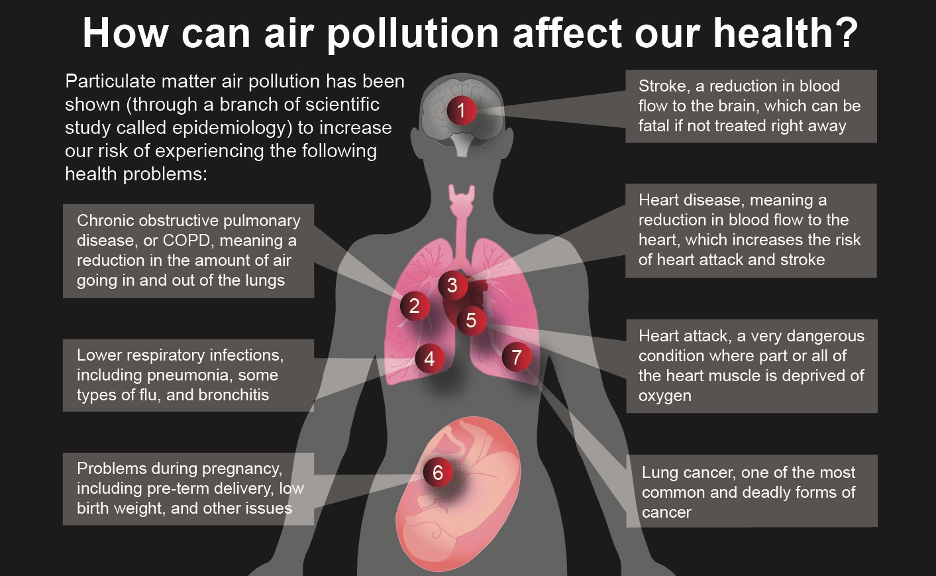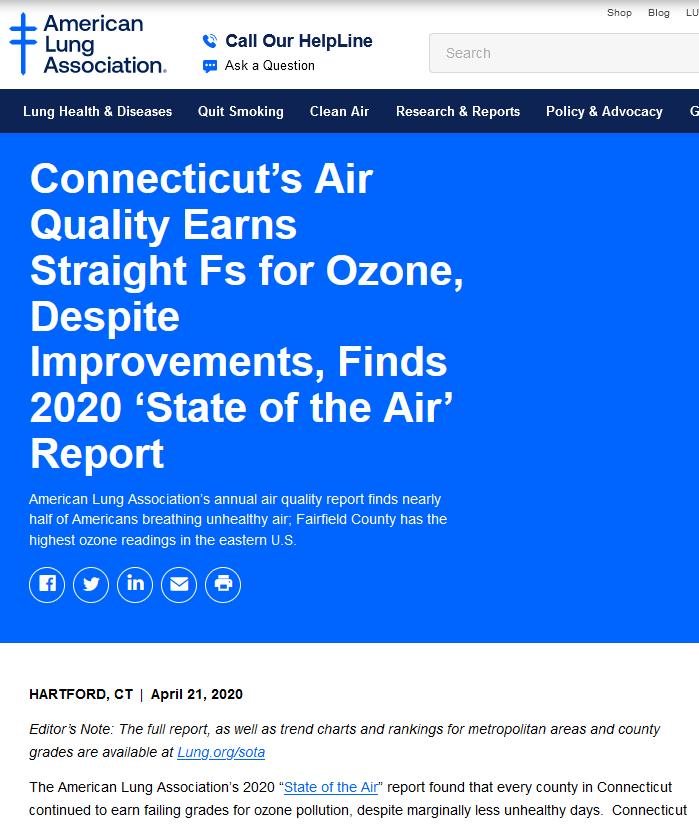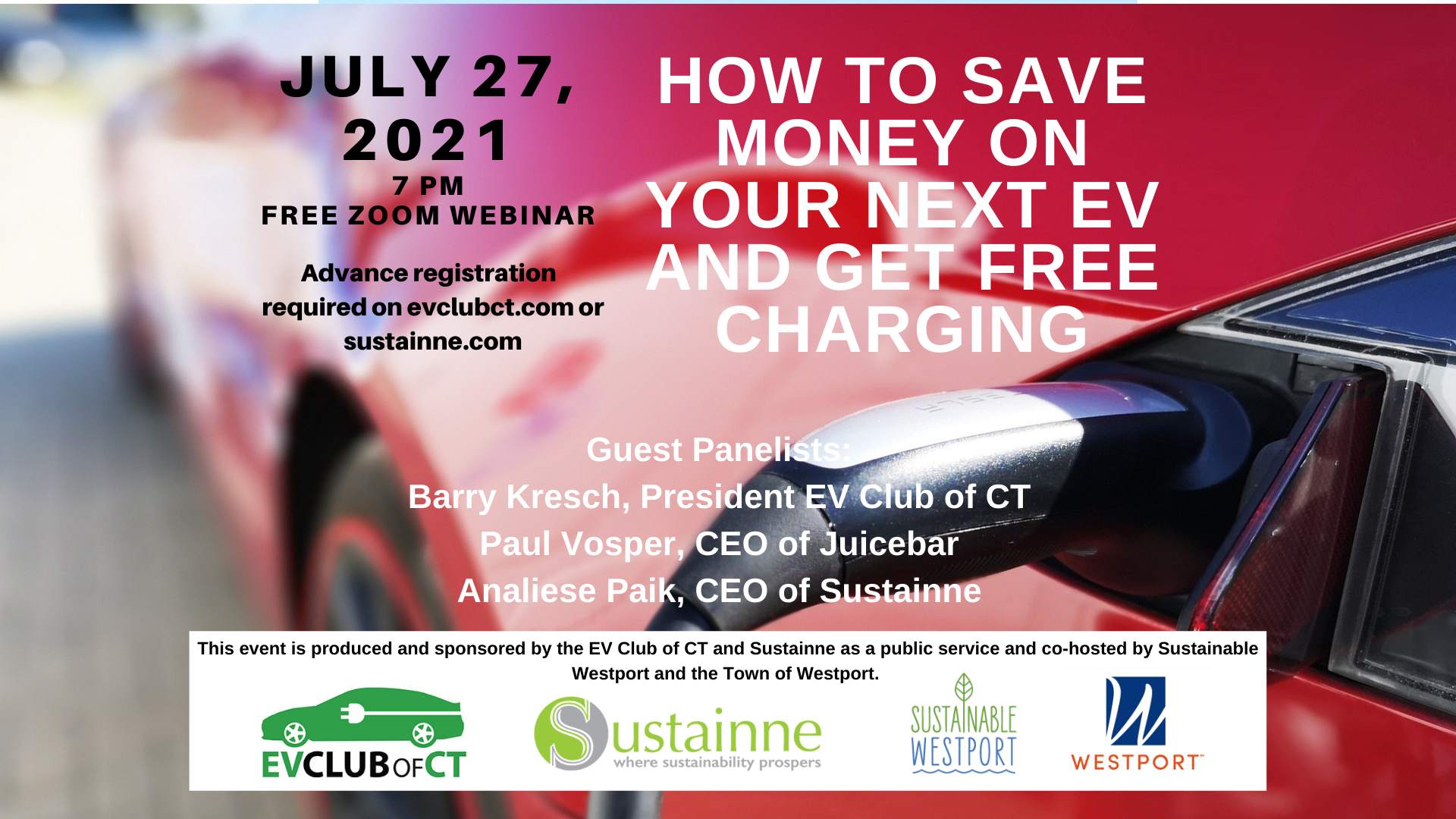Post by Analiese Paik and Barry Kresch
EVs Are Essential to Mitigating the Climate Crisis
We’re in a climate crisis and each of us should be taking action, regardless of state and federal policy. Driving electric has become a no brainer now that new models are out with longer-range batteries in styles and sizes that fit varying consumer needs. The Rivian R1T pictured above is a luxury adventure pickup with an optional camp kitchen with an induction cooktop that tucks away in a gear tunnel.
If Congress passes the Clean Energy for America bill, or folds it into other legislation, EV buyers could enjoy up to $12,500 in tax incentives/rebates on qualified vehicles until fully 50% of the cars on the road are electric. Currently the full $7,500 tax credit is still available to all-electric car (BEV) buyers as long as they aren’t buying a GM or Tesla vehicle (they met their 200,000 vehicle quota). Connecticut also provides a cash rebate for certain EVs, both new and used, but the parameters are always changing (read more here).
Create Zero Tailpipe Emissions
A battery electric vehicle is a zero-emissions vehicle. If we are to mitigate climate change, it is imperative to electrify transportation which currently accounts for 38% of statewide greenhouse gas emissions in the form of carbon dioxide and methane. The state has set a goal for itself of 500,000 registered EVs by 2030. We are less than 3% of the way there. Zooming out, the bigger transportation picture includes mass transit, active transport, and medium/heavy duty vehicles. Every year, we see rising temperatures, as evidenced by heat waves, more severe hurricanes, drought, and wildfires. This is climate change made manifest. We can’t afford to be complacent. The time for rapidly transitioning to a zero emissions transportation system is now.
Improve Public Health
CO2 and, methane aren’t the only pollutantants emitted from vehicle exhaust. There is particulate matter (pm) and oxides of nitrogen (NOx) to name two. NOx + volatile organic compounds + sunlight = ozone, the main ingredient in smog. The American Lung Association gives every county in Connecticut a grade of F for ground-level ozone. Smog and particulate matter are major contributors to cardio-pulmonary disease and cancer, and is a risk for pregnant women. Imagine the positive health impacts on communities near major transit lines no longer subjected to the nois a risk for pregnante, NOx and pm from road traffic. Has anyone quantified the positive impact on real estate values as roadway noise, pollution and climate damage goes away?

Save Money
While an electric vehicle can be more expensive to acquire, the cost of owning one is significantly less than an internal combustion engine (ICE) car according to Consumer Reports. Not only is it less expensive to power a vehicle on electricity, but EVs also need much less maintenance. The bottom line is that it’s half as expensive to drive an electric than an internal combustion engine (ICE) vehicle because of the fuel and maintenance savings. And the time you save could make it even cheaper. So can free charging.
While there is variation among EVs in terms of efficiency and electricity rates, a reasonable benchmark is a cost of 5 cents per mile to operate an EV. By contrast, if an ICE vehicle gets 20 MPG and gasoline costs $3 per gallon, the operating cost is 15 cents per mile. And there are federal, state purchase incentives that can reduce or eliminate the differential in the EV acquisition cost. There are also forthcoming utility incentives that will lower the cost of charging.
Aside from the fuel costs, there are lower maintenance costs. With approximately 90% fewer moving parts in an electric vehicle relative to an ICE vehicle, there is simply less to maintain and fewer things to break. An EV has no spark plugs, catalytic converter, alternator, transmission, timing belt, water pump, and doesn’t need oil changes to name a few examples. A recent analysis conducted by EV Club of CT President Barry Kresch shows tens of thousands of dollars savings accruing to the Town of Westport after the PD opted for a fully-outfilled Tesla Model 3 squad car rather than a Ford Explorer (gas powered ICE).
Drive More Efficiently
Regenerative braking, where the engine slows the car and recaptures some of the kinetic energy to store in the battery, means there is less wear on the friction brakes and the energy isn’t wasted and converted to heat lost in the atmosphere. It is not uncommon to go 70,000 or more miles before brakes need to be serviced on an EV.
Enjoy Reliability
Fewer things to break means fewer trips to the repair shop, less downtime, less inconvenience and more peace of mind. No oil changes saves a quarterly visit to the service department and avoids the time and hassle. A great strategy for someone with a daily commute of 60 miles or less would be to purchase a used EV that still has good battery life, charge it at home and use it as the daily driver. The state of CT’s CHEAPR program now offers cash rebates to qualified buyers of used EVs. If you find DEEP’s website confusing, join us on July 27, 2021 where we’ll explain it in consumer-friendly English during our free webinar, How to Save Money on an EV.
Have More Fun Driving
EVs have instantaneous torque. Hit the accelerator and the electric motors immediately respond. This is why performance EVs can outgun the high-performance ICE vehicles. On Connecticut roadways, especially congested highway and parkway entrance and exit ramps, the instant speed means you can maneuver that much more quickly and safely. EVs come with advanced safety and drive assist features that make your drive on our busy roadways safer. Bumper to bumper traffic? Turn on autopilot, keep your hands on the wheel and eyes on the road, but give your outstretched legs a break and let the car do the start and stops for you. Your daily commute just more relaxed.
Save Time
You’ll never have to go to a gas station again for fuel. That means no time taken out of your schedule to gas up or wait for an oil change or more complicated maintenance or repair. Most EV owners charge their vehicles at home at night and love the convenience. When you get up to go to work, you have a full “tank.” When you’re away from home, some EV chargers even let you charge at no cost. Your town likely has at least one free charger. Look for them near libraries and town halls; schools can be tricky, especially when in session. Join us on July 27 to learn more free charging hacks.
Promote Energy Security
 EVs go hand in hand with decarbonizing the grid and rapidly advancing the shift to all-electric homes and a distributed energy network. NREL (National Renewable Energy Laboratory) is developing and evaluating fully integrated systems that connect electric vehicles (EVs), transportation infrastructure, power grids, buildings, and renewable energy sources.
EVs go hand in hand with decarbonizing the grid and rapidly advancing the shift to all-electric homes and a distributed energy network. NREL (National Renewable Energy Laboratory) is developing and evaluating fully integrated systems that connect electric vehicles (EVs), transportation infrastructure, power grids, buildings, and renewable energy sources.
We can produce the electricity we need from domestic renewables like solar and wind. If you have solar panels on your home, even better (consider adding battery storage for resiliency). The CT grid is moderately clean at present, mainly because the state gets 38% of its electricity from nuclear and almost none from coal; the great preponderance is from natural gas (sigh). There is a mandate for 30.5% of electricity in 2021 to come from renewables, though the state is falling short of that. However, in recent years, the legislature has authorized offshore wind and stationary storage projects, and there has been approval of some community solar. Even if you do not have solar on your roof, you can choose a supplier that generates its energy from renewables at EnergizeCT.
Support Domestic Green Jobs
Green jobs are new economy jobs that are critical to rapidly transitioning the US and world to a sustainable future while growing and creating well-paying, in-demand, skilled jobs (many unionized) in STEM, EV manufacture, EV charging infrastructure, energy storage, solar systems, wind turbines, and all manner of R&D, manufacture, service, maintenance and repair. Ohio’s Mahoning Valley is home to a “fledgling electric vehicle manufacturing cluster” that is supported by the government, industry, unions, schools and universties working in concert with one another to ensure workforce training matches job creation. Read about this exciting workforce development plan and and growing EV industry in Ohio here. Now imagine if we had that in Connecticut.
The EV Club of CT meets online monthly and all drivers are welcome, as are EV-interested. Please comment below or send us your inquiries.






1 thought on “Driving Electric Is Now a Moral, Fiscal and Climate Imperative”